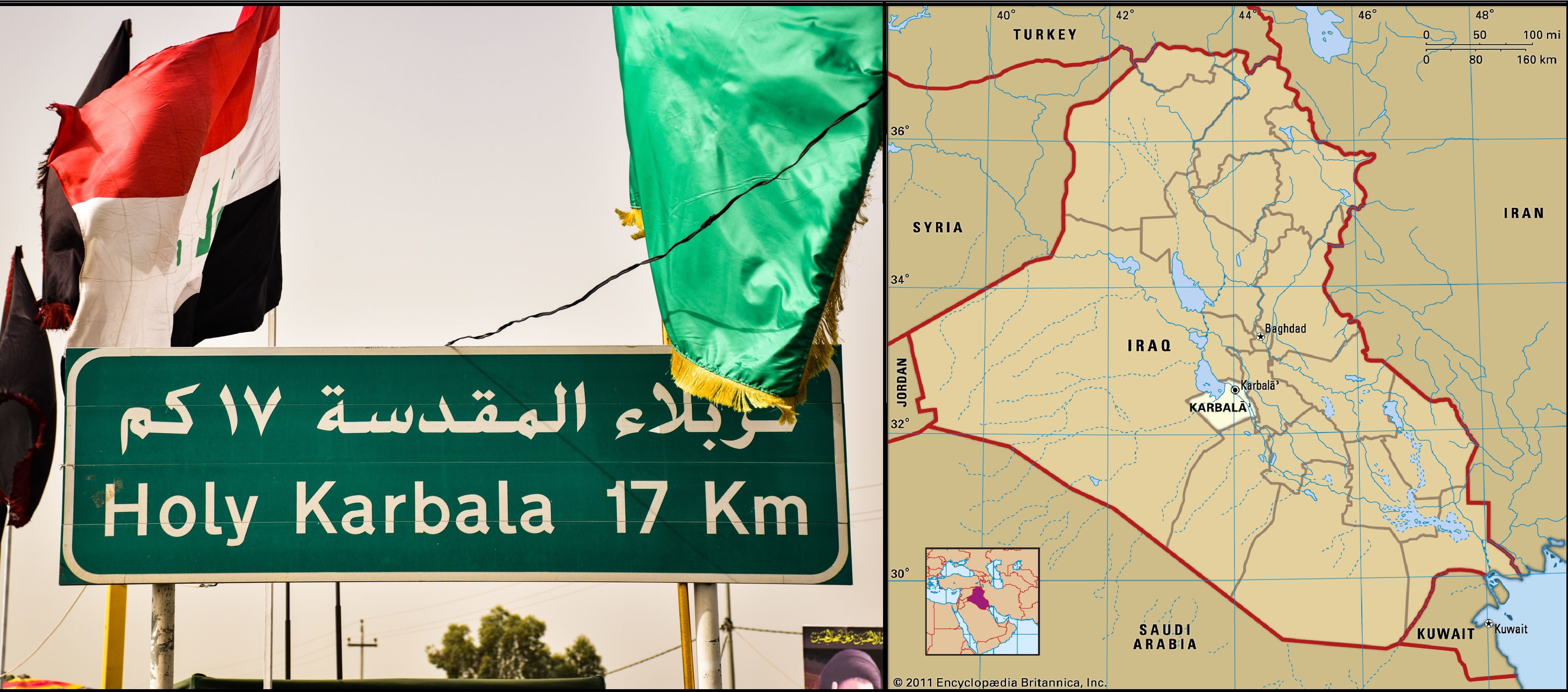It is well established that agriculture requires basic components such as the abundance of water obviously, in addition to the availability of fertile arable soil along other different factors.
Since ancient times, Karbala was characterized by the abundance of water due to its streams and tributaries branching from the Euphrates River. Therefore, the value of its lands was increased in value, as it was described by Judge "Nur Allah al-Shushtari" when he visited the city at the end of the tenth century A.H, the sixteenth century AD, as “The land of Karbala is one of the greatest regions and a gathering for the news of all lands, fresh water flowing in its trenches, and the rich orchards surrounding it.”
The traveler "Tikhira" pointed out, within his observations about Karbala, the abundance of materials that people need in their daily life, including food and clothing, explaining that "Mashhad of Al-Hussein (meaning Karbala) is a town containing four thousand houses, as it is characterized by the availability and cheapness of food and grains such as wheat, rice, barley, fruits, vegetables, and meat are due to the freshness of the air more than in all the places mentioned before."
He also stated that he found in Karbala, a number of public wells containing very fresh water, many trees, and some European fruits (as he put it), and the lands were irrigated from a special stream branching from the Euphrates, which is eight parsecs away from the town."
He continued, "There was also a large number of sheep and cattle that he saw grazing in the pastures surrounding the town, and at the end of it on the Euphrates side, there were two large, square-shaped ponds of water built for picnics and entertainment, and around them some buildings and temporary shelters.
Source:
Mawsueat Karbala Al-Hadharia "Karbala Civilizational Encyclopedia".
A publication of Karbala Center for Studies and Research
Historical Axis, Department of Modern and Contemporary History, Ottoman Documents [Vol. 3, Pg. 268-270].

